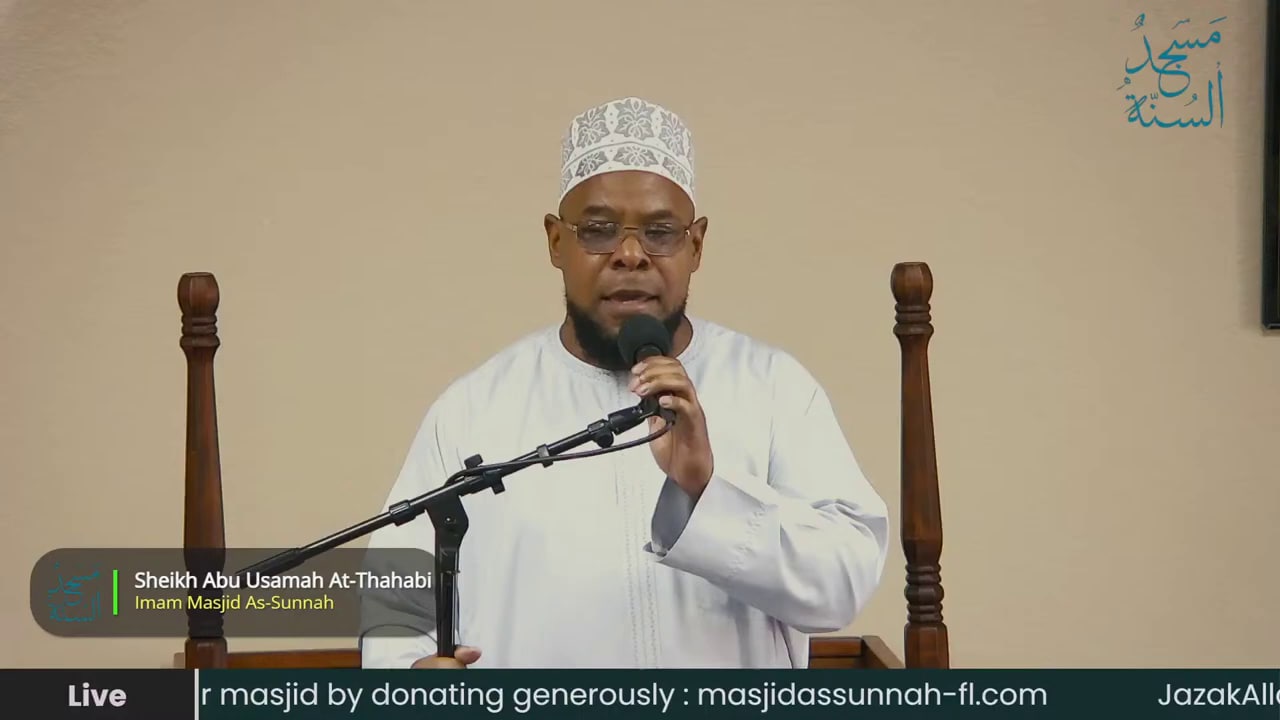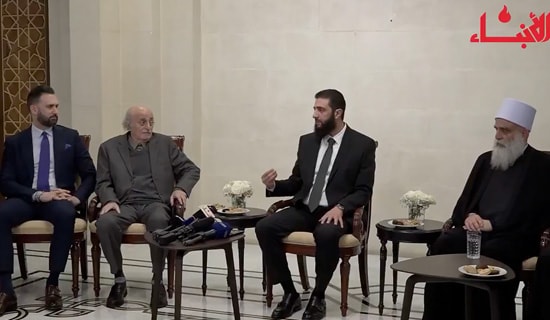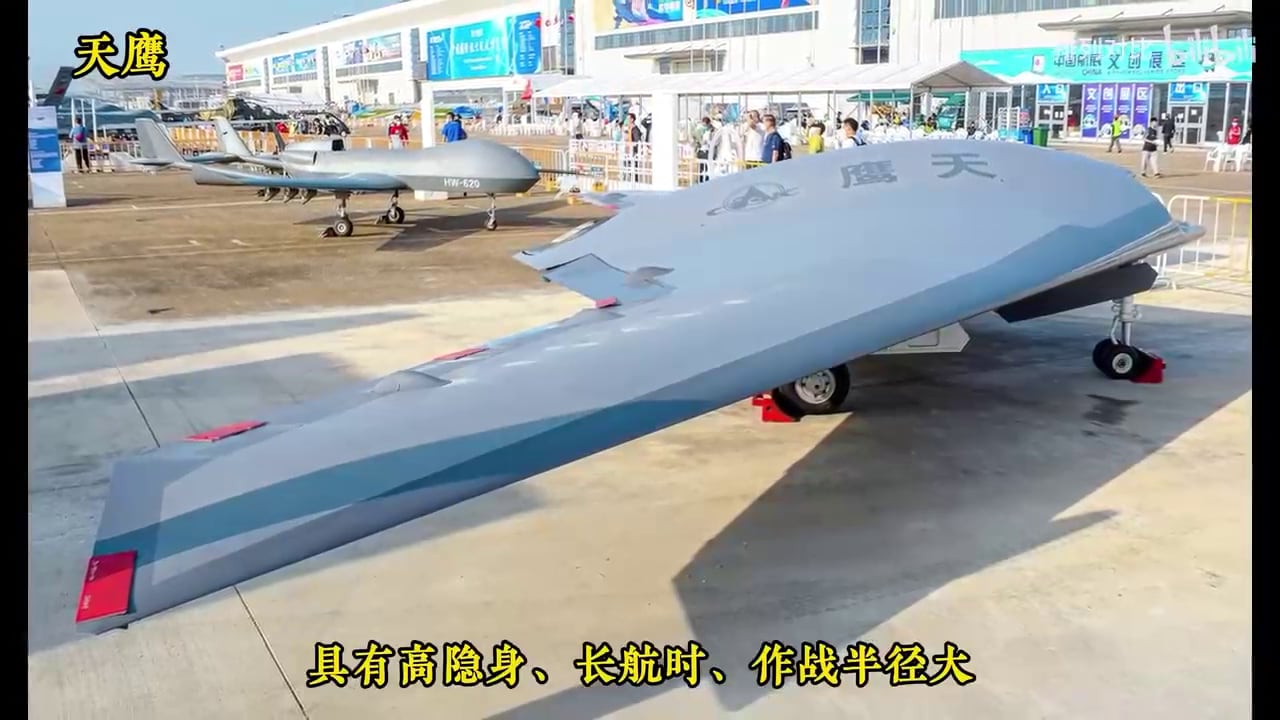
Following are excerpts from an interview by Abd Al-Baset Sayyid from the Egyptian National Research Center, aired on Al-Risala TV, on March 9, 2006.
Abd Al-Baset Sayyid: The British Museum announced that it possessed three pieces of the black stone [of Mecca]. It declares that these pieces prove that the black stone is not from our solar system.
[...]
They brought an Englishman, with white hair and a red face.
This man wasn't a Muslim, but he went into the Ka'ba, and started circling it, until he had an opportunity. The stone did not have a metal frame at the time. He took a diamond and cut off three pieces.
Then he went from Mecca to Jedda, and in Jedda, he found refuge in the Australian embassy, where he was welcomed as a hero. An Australian ship took him to the UK, in London. There, he brought the stones to the British Museum, and they began to study them. What was their intention? To prove that this is a plain stone, from Earth. This would mean that the stone kissed by Muslims is a regular stone.
Interviewer: They wanted to accuse us of...
Abd Al-Baset Sayyid: But the analysis showed otherwise.
Interviewer: What did they find?
Abd Al-Baset Sayyid: They discovered that the stone was a type of semi-conductor. Semi-conductors led to the development of electronics. Take a large radio - a radio this size. How? Instead of the light bulb we used to put inside the radio, they began to make them as small as a crystal this size.
[...]
Karnar from NASA took one piece of the stone from the British Museum. He charged it with a million telephone wires, yet the stone withstood it. He charged it with 100 million telephone wires, yet the stone withstood it. This piece of stone was the size of a chickpea. He found that this stone emits invisible radiation. He found that a stone the size of a chickpea emits 100 rays. Each ray can pass through 10,000 people.














